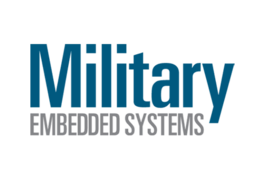Showing 25 - 32 of 46

SWaP-Optimized: The Right Way to Add Advanced Surveillance Capabilities to Rotorcraft
Making the modern video equipment work together with the platform’s legacy systems can be costly and complex. The time and effort needed to integrate a myriad of legacy and modern video formats and resolutions can both add program risk and delay deployment.
10/31/2018

Taking the Complexity Out of PCI Express Configuration to Optimize HPEC System Design
Performance is all about eliminating bottlenecks to minimize latency and maximize throughput. To maximize overall system performance requires the fastest, most efficient processor-to-processor data paths.
04/18/2017


